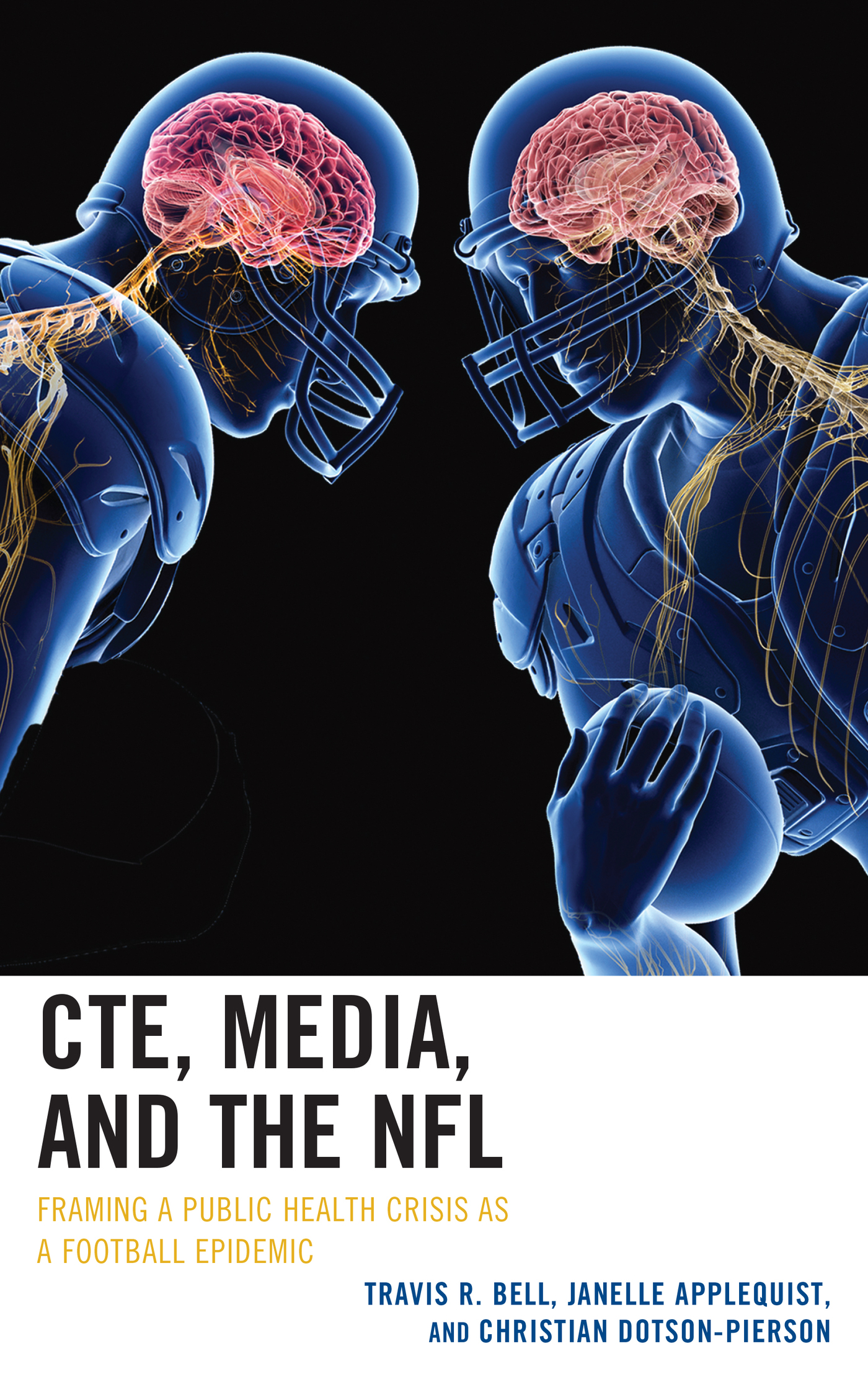CTE, Media, and the NFL
Lexington Studies in Health Communication
Series Editor: Leandra H. Hernndez and Kari Nixon
National and international governments have recognized the importance of widespread, timely, and effective health communication, as research shows that accurate, patient-centered, and culturally competent health communication can improve patient and community health care outcomes. This interdisciplinary series examines the role of health communication in society and is receptive to manuscripts and edited volumes that use a variety of theoretical, methodological, interdisciplinary, and intersectional approaches. We invite contributions on a variety of health communication topics including but not limited to health communication in a digital age; race, gender, ethnicity, class, physical abilities, and health communication; critical approaches to health communication; feminisms and health communication; LGBTQIA health; interpersonal health communication perspectives; rhetorical approaches to health communication; organizational approaches to health communication; health campaigns, media effects, and health communication; multicultural approaches to health communication; and international health communication. This series is open to contributions from scholars representing communication, womens and gender studies, public health, health education, discursive analyses of medical rhetoric, and other disciplines whose work interrogates and explores these topics. Successful proposals will be accessible to an interdisciplinary audience, advance our understanding of contemporary approaches to health communication, and enrich our conversations about the importance of health communication in todays health landscape.
Titles in the Series
CTE, Media, and the NFL: Framing a Public Health Crisis as a Football Epidemic, by Travis R. Bell, Janelle Applequist, and Christian Dotson-Pierson
Challenging Reproductive Control and Gendered Violence in the Americas: Intersectionality, Power, and Struggles for Rights, by Leandra Hinojosa Hernndez and Sarah De Los Santos Upton
Politics, Propaganda, and Public Health: A Case Study in Health Communication and Public Trust, by Laura Crosswell and Lance Porter
Communication and Feminist Perspectives on Ovarian Cancer, by Dinah Tetteh
CTE, Media, and the NFL
Framing a Public Health Crisis as a
Football Epidemic
Travis R. Bell, Janelle Applequist, and Christian Dotson-Pierson
LEXINGTON BOOKS
Lanham Boulder New York London
Published by Lexington Books
An imprint of The Rowman & Littlefield Publishing Group, Inc.
4501 Forbes Boulevard, Suite 200, Lanham, Maryland 20706
www.rowman.com
6 Tinworth Street, London SE11 5AL
Copyright 2019 by The Rowman & Littlefield Publishing Group, Inc.
All rights reserved. No part of this book may be reproduced in any form or by any electronic or mechanical means, including information storage and retrieval systems, without written permission from the publisher, except by a reviewer who may quote passages in a review.
British Library Cataloguing in Publication Information Available
Library of Congress Cataloging-in-Publication Data Available
ISBN 978-1-4985-7056-5 (cloth : alk. paper)
ISBN 978-1-4985-7057-2 (electronic)
 TM The paper used in this publication meets the minimum requirements of American National Standard for Information Sciences Permanence of Paper for Printed Library Materials, ANSI/NISO Z39.48-1992.
TM The paper used in this publication meets the minimum requirements of American National Standard for Information Sciences Permanence of Paper for Printed Library Materials, ANSI/NISO Z39.48-1992.
Preface
The idea for this book started in 2015, and the spark ignited on December 3, 2015. Janelle and I attended a speaking engagement at the Straz in downtown Tampa, Florida, to hear Dr. Bennet Omalu talk about the Concussion movie that would debut on Christmas Day. We jotted down pages of notes about Omalu, his fight with the National Football League over scientific findings, and this mysterious disease called chronic traumatic encephalopathy, or CTE as it was widely known at the time of his talk. CTE threatened the core of American sportthe NFL.
During this time, I was working on my Ph.D. in communication at the University of South Florida. The following spring semester in a health communication class, I wrote about how media framed CTE, Omalu, and the NFL related to the movie. Janelle helped code the news articles for the paper with a goal to submit to it to the National Communication Association (NCA) annual convention in November 2016. The paper titled Concussion, Omalu, and the NFL: A quantitative analysis of a media template was accepted. At NCA in Philadelphia, we met with Jimmy Hamill, an assistant acquisitions editor for Lexington Books. He had reached out to set up meeting to discuss the paper and the possibility to further develop this idea. Writing a book was never a thought until that meeting, and more than two years later, it happened.
Christian joined the project in 2017 after we reconnected following a brief introduction at NCA in 2015. Her interest in concussions and sports communication was a valuable addition to our research team. After several Skype meetings and phone calls, the book was underway with Lexington. We gathered news stories and started reading at length about this invisible disease, player deaths, and long-term memory loss. The stories were depressing, but the way media discussed it consistently made CTE a football problem. Thus, we had to find the truth.
Over twelve years of examining news stories, this book corroborated our intuition. CTE and the NFL joined an imperfect union fueled by scientists and journalists who wanted to better understand why prominent athletes were dying so young because they lost their mind, either over time or through sudden acts of violence. These events, along with misguided NFL medical research about concussions in football, forced the league to recognize this problem, albeit years after they should have. During this journey, media did some good things to raise public awareness of inherent risks, but in the process, excluded nearly every other sport and female athletes who can be at-risk because brain injuries show no sporting favoritism. Therefore, this book also hopes to raise awareness to anyone who should know about CTE. This includes athletes, parents, coaches, administrators, journalists, politicians, and other public figures.
We would like to acknowledge several people who helped make this book happen. First, the acquisition team at Lexington has been wonderful, beginning with Jimmy and then with Nicolette Amstutz and Jessica Tepper. I especially want to thank USF, who awarded a professional development leave for the fall 2017 semester to truly start this project. Professor Jen OBrien is a friend and wonderful resource who helped us in the early stages of creating a code book to formulate a plan for our best research opportunity. Then in the spring 2018 semester, four student coders provided hours of their time to dive into the newspaper articles, help redevelop the code book, and dive deeper on second and third attempts to reach statistical reliability. Therefore, thank you to Kelsey Baker, Ifeoluwa Bolujo, Jasmine Burnett, and Ala Kader for your tireless effort to help make this book a success. Finally, we give a heartfelt thanks to the USF library staff who work on interlibrary loans. They helped find dozens of research articles and book chapters that provide significant context throughout the book. Finally, thank you to Janelle and Christian for helping guide this book project to be as inclusive and insightful as it could be. You are wonderful colleagues and friends.

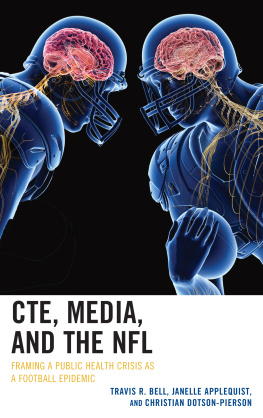

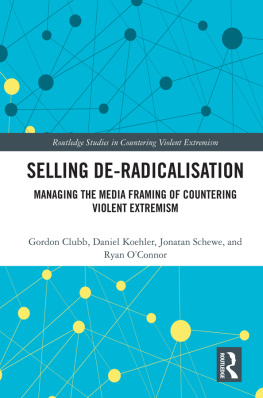


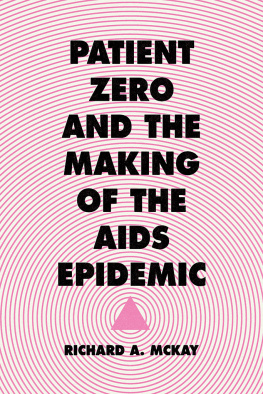
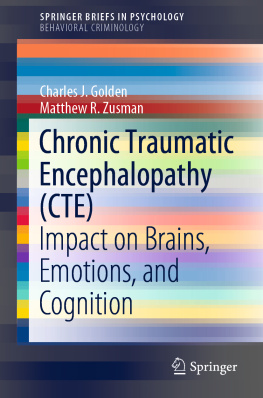
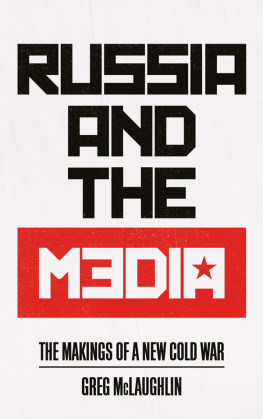
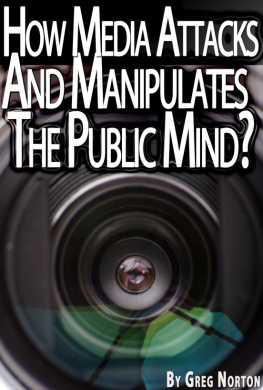
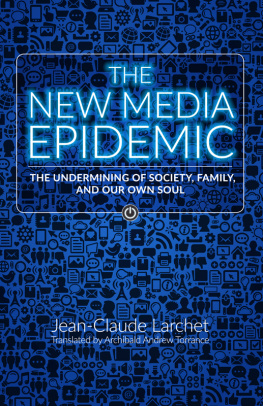
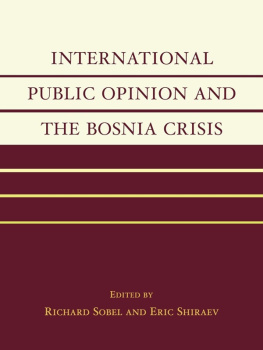
 TM The paper used in this publication meets the minimum requirements of American National Standard for Information Sciences Permanence of Paper for Printed Library Materials, ANSI/NISO Z39.48-1992.
TM The paper used in this publication meets the minimum requirements of American National Standard for Information Sciences Permanence of Paper for Printed Library Materials, ANSI/NISO Z39.48-1992.